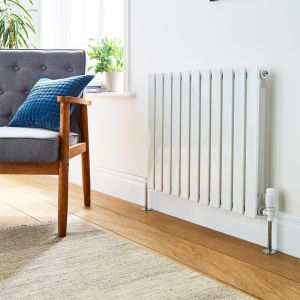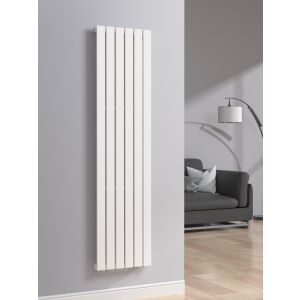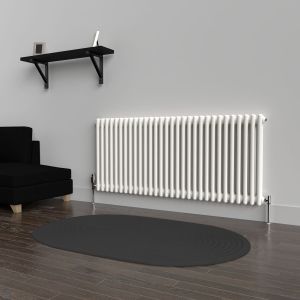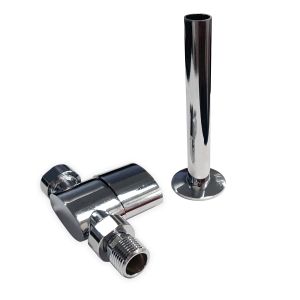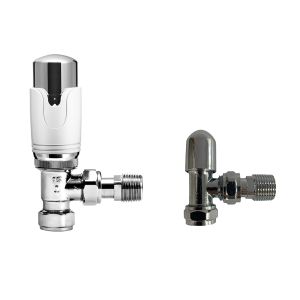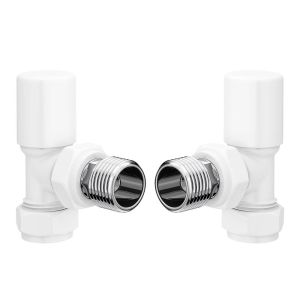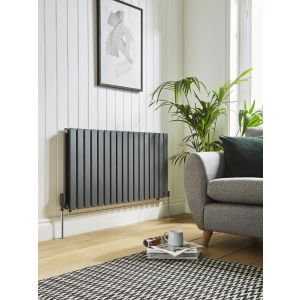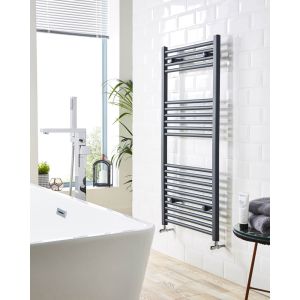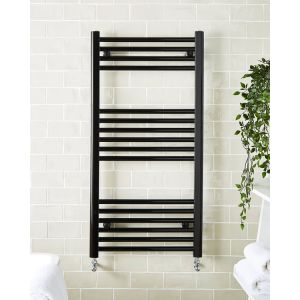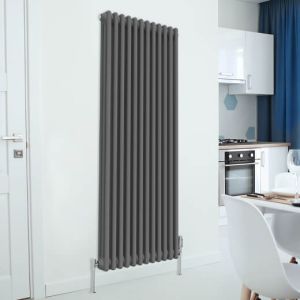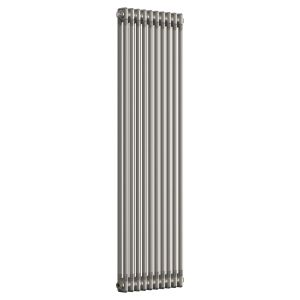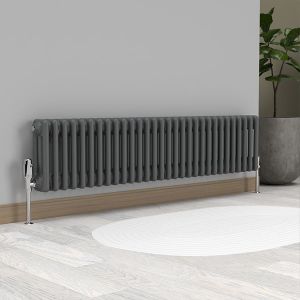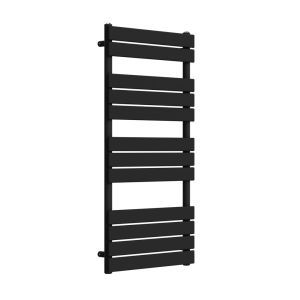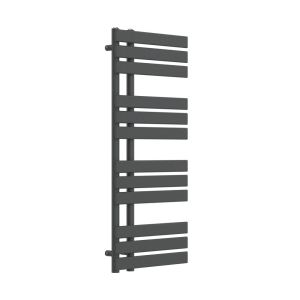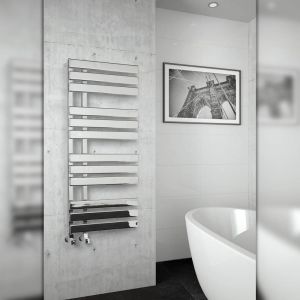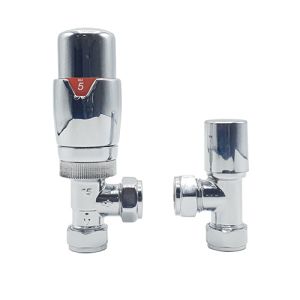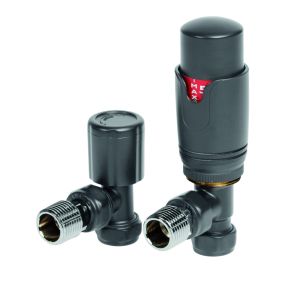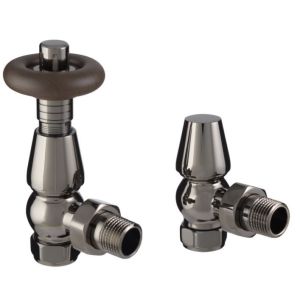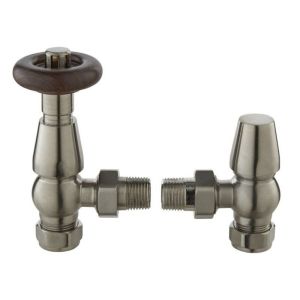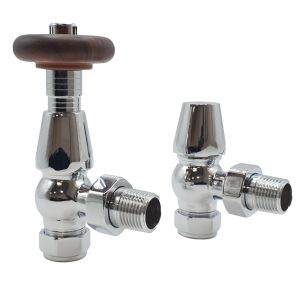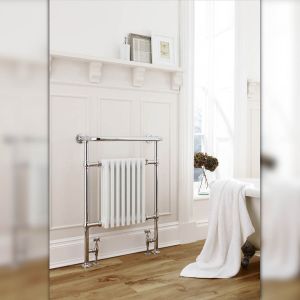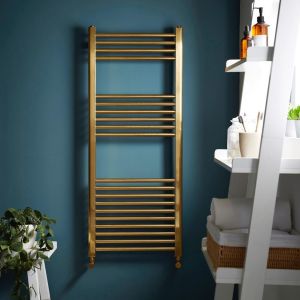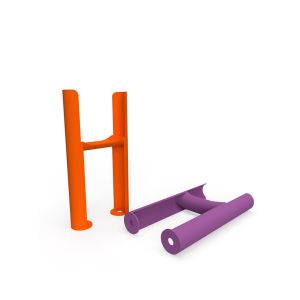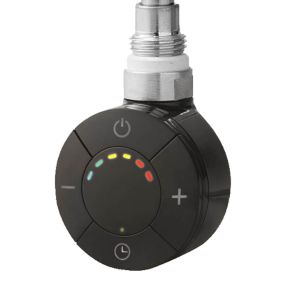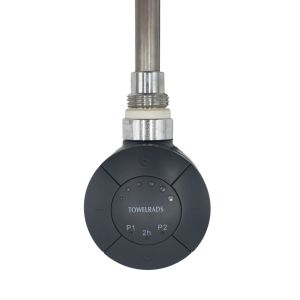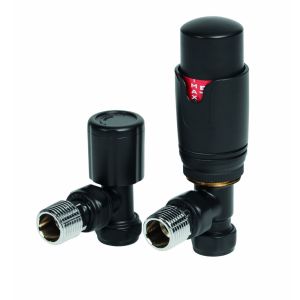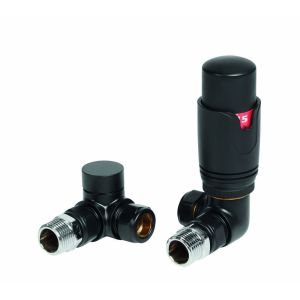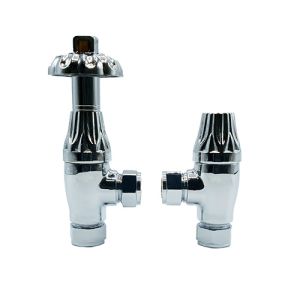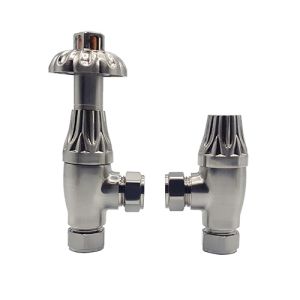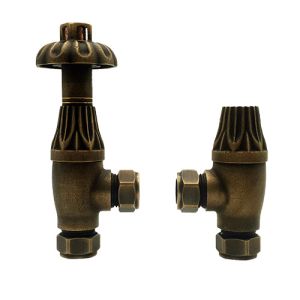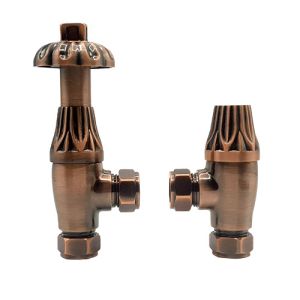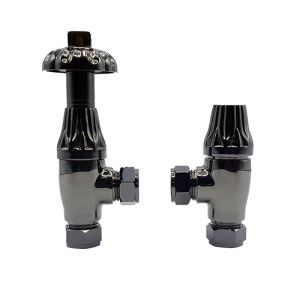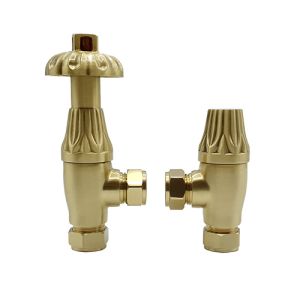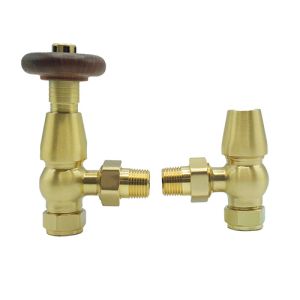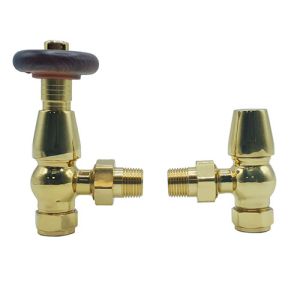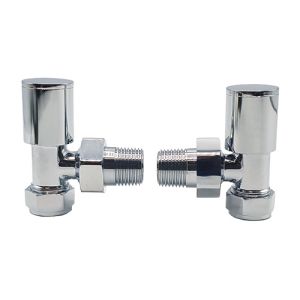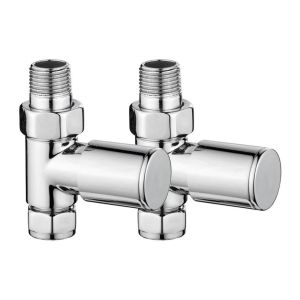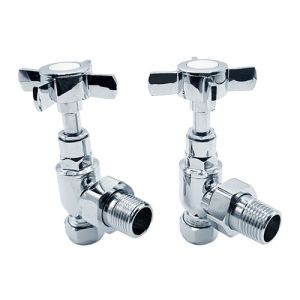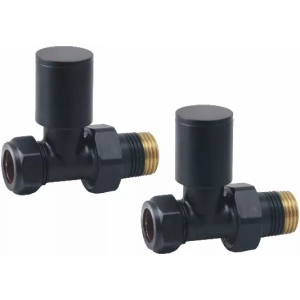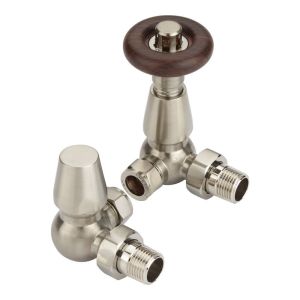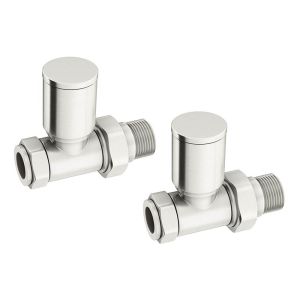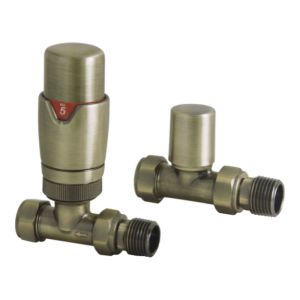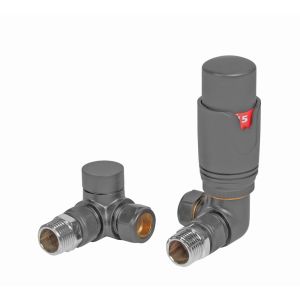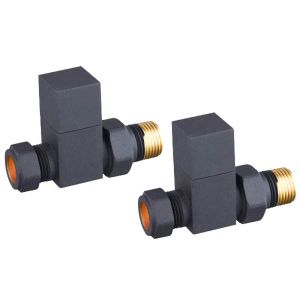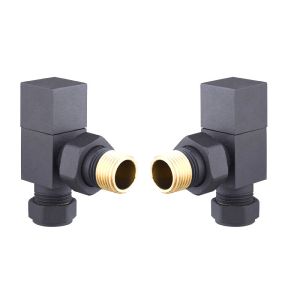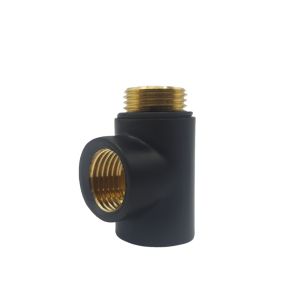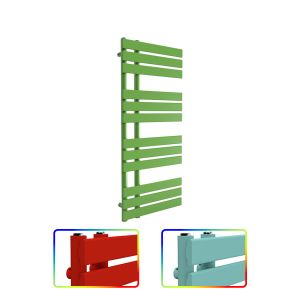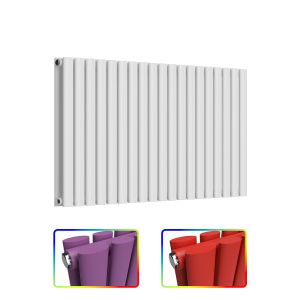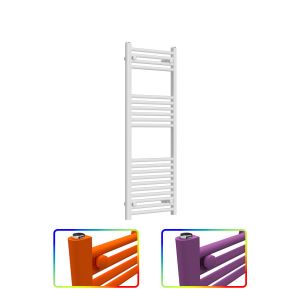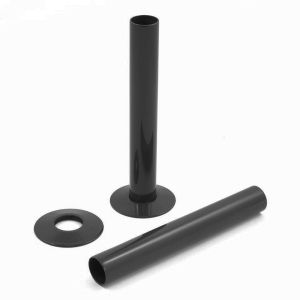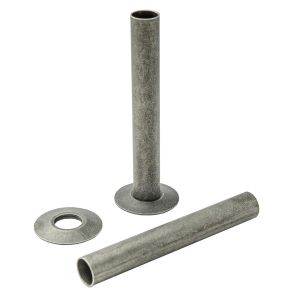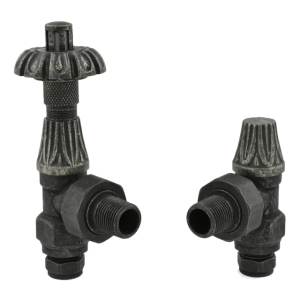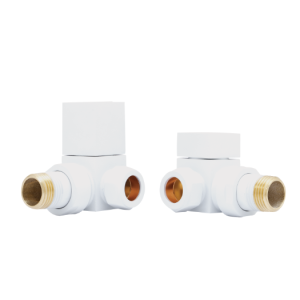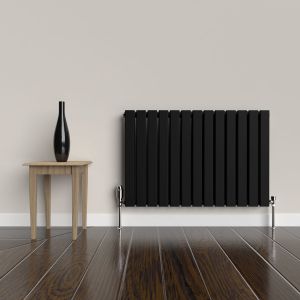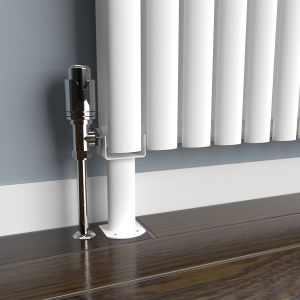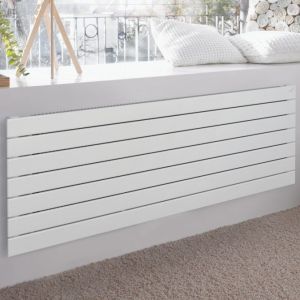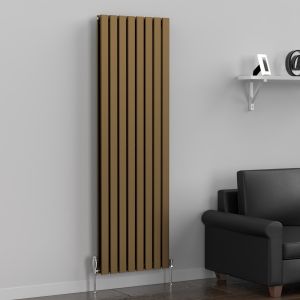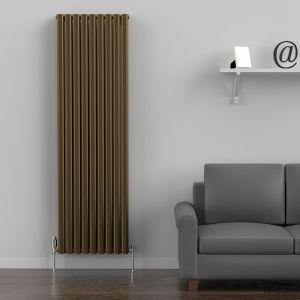In this day and age, it’s becoming easier and easier to find different materials from which to make your radiator. With so many options it can be hard to know where to start and one of the downfalls of the innovations constantly showing themselves on the market and one of the difficulties with innovations on show at Designer Radiators Direct, is that the Best Radiators UK all are made from different materials, all with their pros and cons.
Let’s take a trip down memory lane to fully understand how we’ve got where we are in terms of radiators.
With the radiator craze beginning in the mid-19th Century and many different inventors attributed to their initial conception, you won’t be surprised to know that there are so many different materials being used to make them. These include Cast Iron and Steel Radiators which are most commonly recognized as part of the Paladin set. These classic radiators were the first materials used to build radiators whilst further innovations in the 20th century of stone radiators made waves in the boutique market. Marble radiators especially are popular due to their heat retention properties whilst wood radiators are a modern take on the rustic interior design aesthetic. These are great for applying the Danish ideal of Hygge to the modern world, wood radiators bringing with them a sense of warmth and homeliness.
A lot of choices to choose from, right? Well, your choices are about to get even more difficult with the introduction of the Aluminium Radiator being one of the most fashionable in this day and age. As one of the most used metals in the world, it is no surprise that radiator companies have begun to explore its properties to design some of the sleekest heating systems on sale today. Below you can find everything you need to know about aluminium radiators, their properties and what you’ll need to make the most of these stylish radiators.

Aluminium and its Uses
Aluminium is a widely used metal that has many uses. As one of the most popular metals, 2012 had between 42 and 45 million tonnes of aluminium used in general manufacturing, making it the second most used metal behind Iron. Aluminium is usually alloyed, meaning that it is mixed with a few other metals to make it more malleable and making it is perfect for building machinery and for easy application to many different areas of use. The metals used in the aluminium alloy include zinc, magnesium and copper. Making metal alloys is often cheaper than using pure metal, being able to melt them together so that there are more properties, thus widening the spectrum of uses.
Aluminium has a wide range of uses in the modern world. It has often been used in the building of vehicles due to its lightweight qualities. This makes it easy for trains planes and bikes to travel at a faster speed, whilst nit’s alloyed use in packaging is useful due to its flexibility. Aluminium packets, containers and cans can be reused and reconstituted, finding the exact balance between lightweight and sturdiness due to their corrosion resistance. Many household accessories such as cooking utensils and cutlery are made from aluminium for these exact reasons whilst it is often used in the construction of lampposts and ship masts. As you can see, its adaptability knows no bounds and it is therefore no surprise that it is used in the production of radiators.
Aluminium and Recycling
One of the reasons Aluminium is the second most used metal in the world is the fact that it is recyclable. The recycling process of aluminium takes only six weeks. With the used aluminium being picked up in a recycling bin, it is treated at a plant where it is melted into its molten form, burning away any outer coatings or impurities from the metal. After it is cooled, it becomes its solid form in ingot blocks. The Ingot blocks are rolled out in mills, giving it greater flexibility and strength, from which they can be made into cans and food wrappings.
All of these elements make aluminium a great material with which to make radiators. Due to their conductivity and environmentally friendly reconstituting process, the aluminium radiators are both stylish and leave less of a carbon footprint in terms of their manufacture. Of course, this is just one of its many benefits.
Pros of Aluminium Radiators
Great Heat Conductor
One thing is for certain, Aluminium is well known for being a great heat conductor. This means that it can quickly increase its temperature once turned on. This is great if you’re looking for a quick shot of warmth in your house and thus giving you far more control over the precise temperature of your house, especially when you’re freezing and need that warmth fast.
The reason aluminium radiators are such great heat conductors is that they need very little water within them, meaning that they are quicker to bring heat into your house. Compared to steel radiators, there is very little water inside an aluminium radiator and therefore this takes less time to heat up, meaning you’ll be spending less on your energy bills.
Aluminium Is Non-Corrosive
As mentioned before, Aluminium is applied to the manufacturing of many items because it is durable and non-corrosive. This goes for Aluminium Radiators as well, which will most likely not have to be replaced for many years because, as an alloy, it shouldn’t rust over or react against anything.
Great Range Of Designs
Aluminium’s malleability means that it can be made into many different shapes, tailoring to the needs of the customer. It is easy to make radiators in many shapes and sizes. Whatever your tastes, aluminium radiators are bound to cater to them.
Environmentally Friendly
As previously mentioned, Aluminium Radiators are environmentally friendly. Their creation from recycled material means that you can have a guilt-free installation process and know that having this radiator in your home will be helping, ever so slightly, to reduce our carbon footprint.
If they’re so great, why don’t we use aluminium to build all of the world’s radiators? The problem is that there doesn’t seem to be a massive market for them, especially in the UK, yet that does seem to be growing. The problem is that there are several shortcomings which can be overcome by using other materials instead of aluminium. This doesn’t make aluminium radiators any less useful, but all people’s needs and preferences are different. This is precisely why Designer Radiator Direct tailors its radiators to its customer’s needs.
The Cons of Aluminium Radiators
Quick To Cool
What goes up must come down. The same goes for heating and cooling. If the radiator is quick to heat up and gives the house a cosy shot of warmth, then it can take away as easily as it gives. From a glass-half-full perspective, this can be useful, as if there’s a sudden change of weather for the better and the weather begins to heat up, then it can be a good thing that the radiators can drop in temperature quickly.
May Need More Than One Radiator
Another problem is that you may need more than one aluminium radiator to heat your house. Having only one aluminium radiator could lead to a heightened risk of internal central heating corrosion, leading to more work to be done in the future. The reason for this is that changing the status quo of one single type of metal in the water system can muddle the chemicals within the water itself, leading to the metals, unused to the newfound elements added, starting to corrode over time. If you’re planning on investing in an aluminium radiator it is best to change the whole system or to find an effective radiator inhibitor which will protect against such effects.
More Expensive Than Other Types
Aluminium radiators do cost more on an initial payout. The cheapest going are usually Iron and Steel radiators, like the classics mentioned at the beginning of this article. However, you will begin to make this back over a longer period due to the high-quality nature of the aluminium radiator. If you don’t mind the initial cost of the radiator, you’ll find it outlasting most other radiator materials. This also goes for the money you’ll save on heating bills because they heat up so quickly.
Choose DRD For Your Aluminium Radiators
Designer Radiators Direct are well known for having a great range of aluminium radiators at great prices. It is not only an aesthetically good choice but an ecologically sound one as well. Just take a look on our website at radiators such as the Carisa Elite Horizontal. It comes in a pristine white finish and can also be bought in a plethora of other shapes, making it a versatile and beautiful radiator.
The Aluminium radiator will fit well in all spaces, and Designer Radiator Direct has countless options on offer. If you have any questions, please contact us today!












